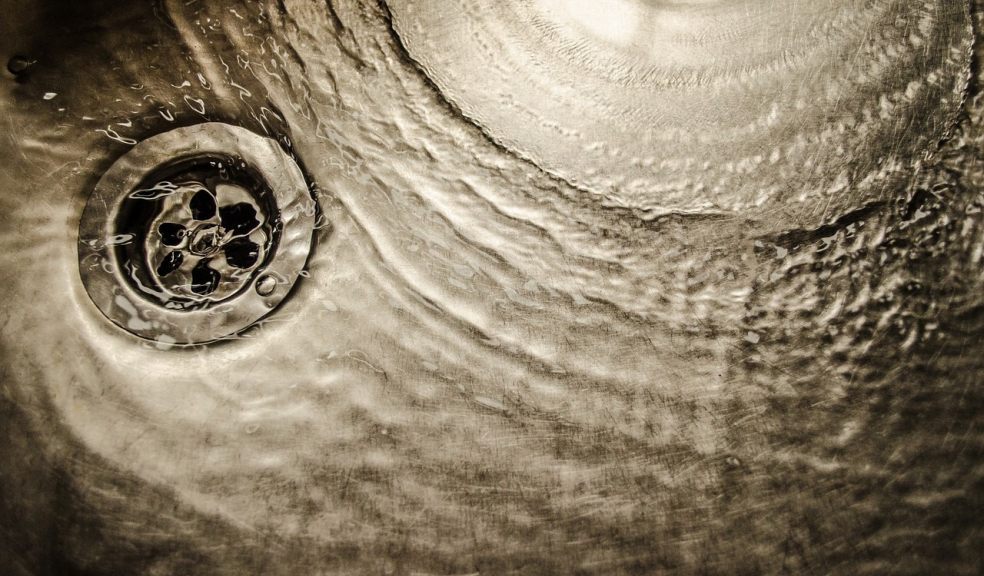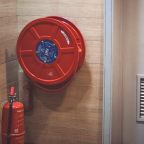
10 Simple Ways to Save Water in Your Business
Water is a precious resource that we cannot live without. However, many businesses use excessive amounts of water unnecessarily. With rising utility costs and environmental concerns, it is more important than ever for businesses to find ways to reduce their water usage. Here are ten simple and effective ways for businesses to save water:
1. Install Water-Efficient Fixtures
One of the easiest ways to save water is to install water-efficient fixtures such as low-flow toilets, taps, showerheads and other appliances. Low-flow toilets use 6 litres per flush compared to over 26 litres for conventional models. This can reduce water usage from toilets by 60%. Installing low-flow aerators on taps and showerheads restricts water flow to 2 litres per minute rather than the standard 10 litres per minute, cutting water usage by a significant amount.
Other water-saving fixtures include sensor-activated taps that shut off automatically when not in use, and high-pressure, low-flow spray valves for cleaning equipment. Even water-efficient dishwashers and ice machines can make a difference. While the upfront cost of these fixtures is higher, the water savings generally provide a payback within 1-2 years through lower utility bills. And many water companies provide rebates or financing schemes to help offset the initial investment.
2. Repair Leaks Promptly
Leaks may seem insignificant, but even small drips can waste thousands of gallons over time. Do a thorough inspection of your premises regularly to look for leaking taps, pipes, toilets or water-cooled equipment. A toilet leak can waste 900 litres per week while dripping taps and valves can waste 90 litres per week.
It's important to repair leaks as soon as they are discovered to avoid wasting water and money. Staff should be trained on detecting and reporting leaks immediately. For large facilities, leak detection surveys using acoustic listening devices can identify hard-to-find underground leaks. Ongoing leak monitoring should be a priority for businesses looking to save water.
3. Install Water Sub-Meters
Installing water sub-meters allows you to measure and track water consumption in different areas of your facility, such as the kitchen, bathrooms, cooling systems, etc. This provides the data to detect leaks, identify where most of the water is being used, and focus conservation efforts on problem areas.
Monitoring water use at the sub-meter level also allows landlords to provide tenants with their own water bills based on actual consumption. This incentive helps tenants reduce their water usage when they can directly see the costs. Installing sub-meters requires upfront investment but quickly results in water savings that provide a rapid payback.
4. Collect Rainwater
Installing rainwater harvesting systems allows you to collect rainwater from rooftops or other surfaces to use for landscaping irrigation, toilet flushing, or industrial processes. This reduces strain on the main water supply. You can install rain barrels for small-scale needs or larger underground cisterns for major rainwater capture and storage.
Just make sure you have proper filtration and treatment systems in place based on how the rainwater will be used. If you use it for flushing toilets or irrigation, basic screening and disinfection is adequate. Using rainwater for cooling systems or industrial processes may require additional filtration.
5. Use Water-Efficient Landscaping
Choosing native plants that are drought-resistant for your business landscape is a great way to save water compared to exotic species with higher water needs. Native plants will thrive with minimal watering after establishment. Expand mulched areas to reduce evaporation and install rain sensors on any irrigation system so it shuts off automatically when it rains.
Drip irrigation and soaker hoses are far more efficient than sprinklers for landscaping. They deliver water directly to plant roots rather than spraying water where much of it is lost to evaporation or runoff. Avoid wasting water on pavements, driveways or other hardscaped areas. And adjust landscaping irrigation schedules regularly based on weather.
6. Switch to Dry Cleaning Methods
Using dry cleaning methods can significantly reduce the amount of water used for cleaning floors, equipment, vehicles and other facility needs. This includes using microfiber mops and cloths which require only a small amount of water compared to conventional string mops that need frequent dipping into buckets.
Waterless cleaning and dusting products are also widely available. For industrial sites, centralised vacuum collection systems avoid the need for hoses and liquid cleaning solutions. Dry ice blasting is an effective waterless cleaning method for food equipment. The more you can switch to water-free cleaning methods, the more water your business will save.
7. Install Water Recycling Systems
Consider installing systems to recycle water streams at your premises. Cooling tower blowdown, boiler condensate, reject water from reverse osmosis systems, and more can be captured and reused rather than just going down the drain. The recycled water can be used for landscape irrigation, toilet flushing, cooling tower makeup or various industrial processes.
This avoids the waste of clean drinking water for applications that don't require potable standards. The specifics depend on your site's unique water usage, but a customised water reuse system can substantially reduce your business's water needs. Water treatment companies can design systems that integrate smoothly with your existing infrastructure.
8. Shut Off Water When Not in Use
Train your staff to turn off taps when not in use instead of just letting them keep running. Install highly visible signs near sinks and drinking fountains reminding people to shut off water. Adjust basins and sinks to make it easy to turn water on and off quickly. Shut off the water supply to equipment when not in use, like overnight for ice machines.
Turn off outdoor irrigation systems in the rainier months when landscape watering is not needed. Confirm that automatic shut-off valves are functioning properly. The more you can train staff on quick shut-off habits, the less water will be wasted.
9. Offer Staff Education
Educate your staff about the importance of conserving water and how they can help save water at work. Include water conservation tips in training manuals and new hire orientation. Encourage quick reporting of leaks, turning off taps, taking shorter showers, and only running dishwashers and equipment when fully loaded.
Post signage with water-saving reminders throughout the premises. Recognition programs for staff who propose worthwhile water conservation ideas can also help engage employees. The daily actions of staff can lead to major water savings.
It’s also worth looking to compare business water suppliers and seeing if you can save money this way. The Business Water Shop can help you find competitive quotes from the best business water suppliers in your area. You could save as much as 55% on the cost of your water, which, when combined with staff conserving water, could save your business a lot!
10. Install Waterless Urinals
Finally, conventional urinals use 7.5 litres per hour which adds up to thousands of litres wasted every year. Replacing these with waterless urinals is one impactful way to reduce water usage in restrooms with high traffic. Waterless urinals work by using a sealed cartridge to control odours rather than flushing water.
While they sometimes require more frequent cleaning, waterless urinals provide major water savings. Other restroom water savers include low-flow toilets, sensor taps and replacing conventional hand dryers with more efficient options. Any business with onsite restrooms should look at ways to optimise water efficiency in their design and operation.
Saving water should be a priority for all UK businesses. Following these simple tips can help your business significantly reduce its water consumption without affecting daily operations.

















